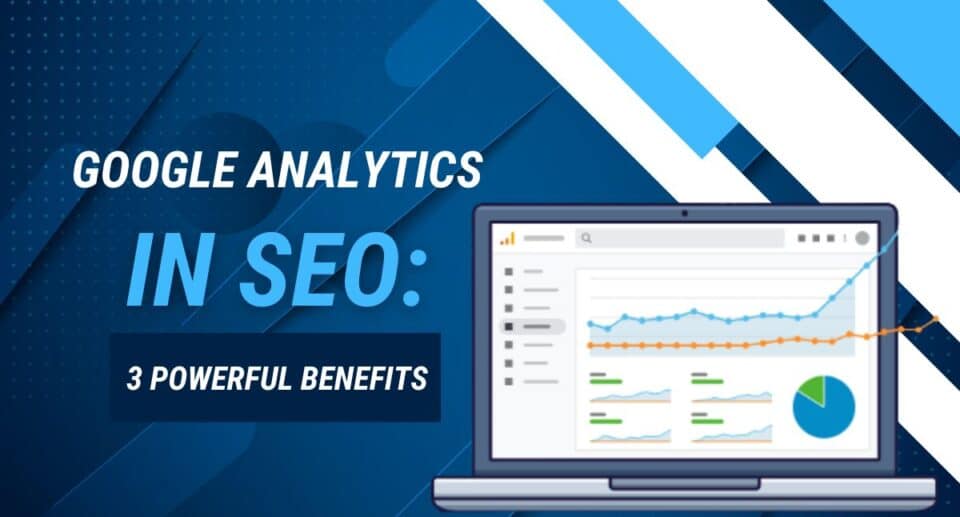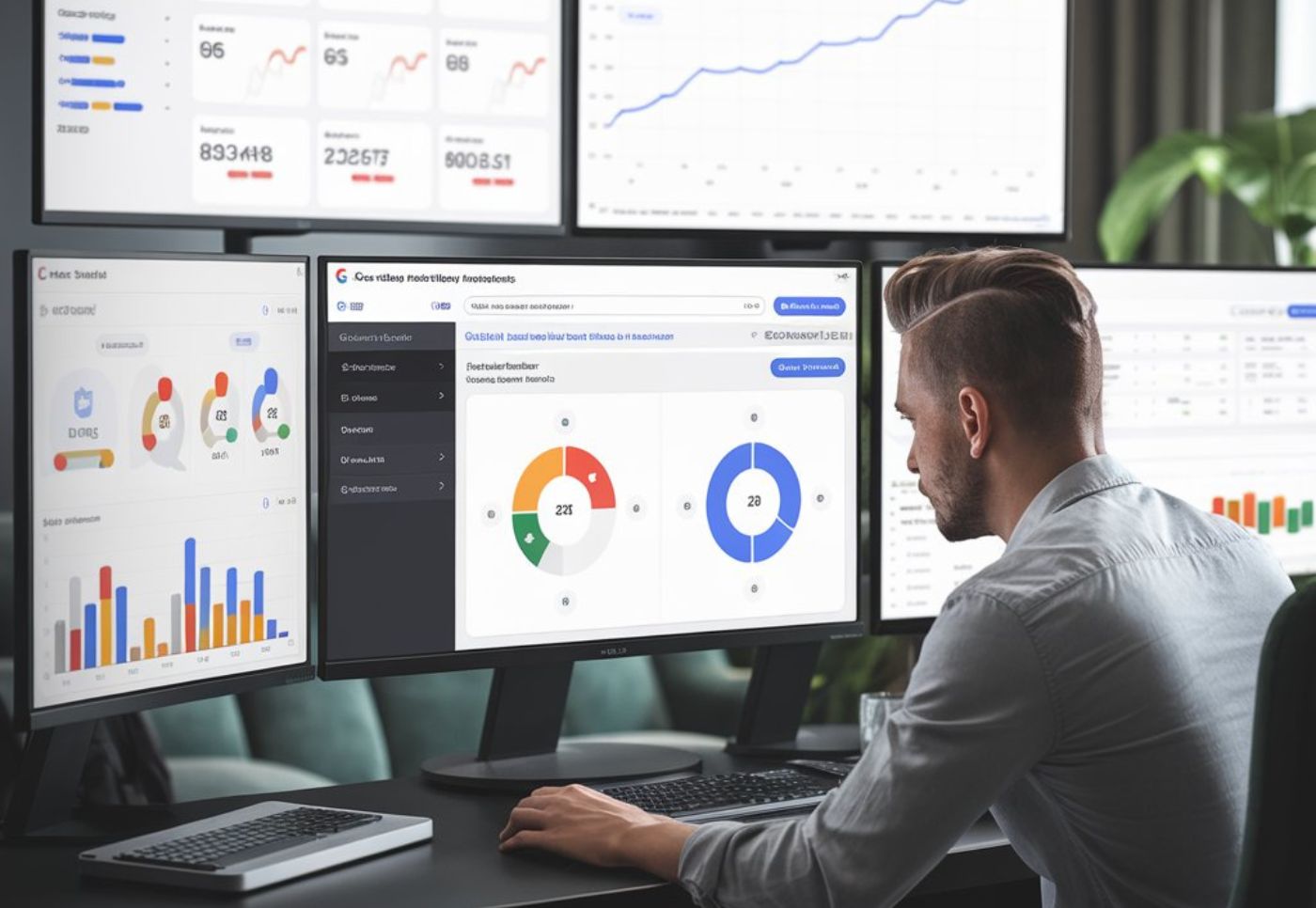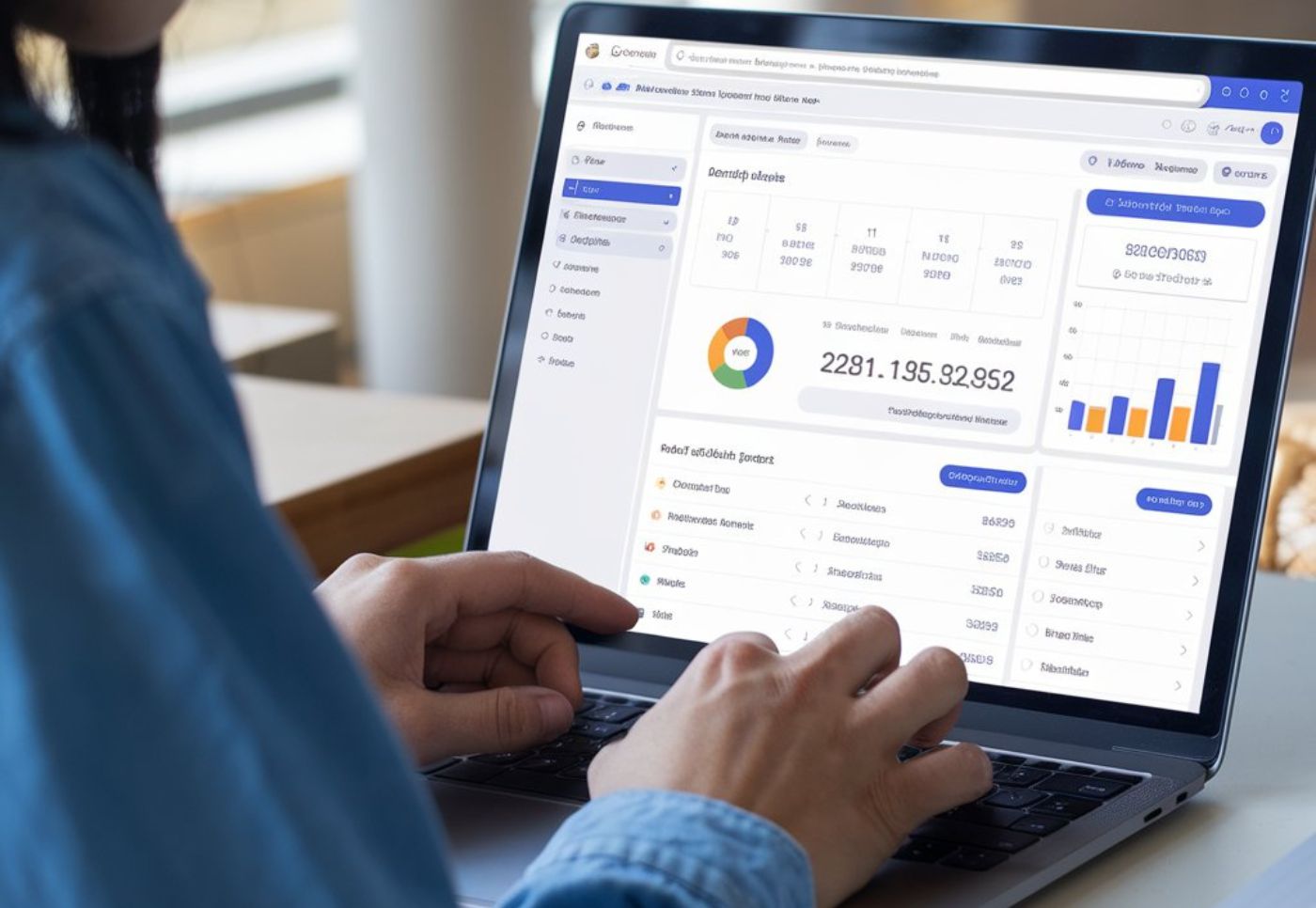Google Search Console Backlinks: 5 Powerful Insights?

Introduction: Struggling to Decode Your Backlinks in Google Search Console?
If you’ve ever stared at the Google Search Console backlinks report wondering, “What do these links even mean for my SEO?” — you’re not alone.
For digital marketers and website owners, backlinks can feel like both a blessing and a mystery. You see numbers, pages, and referring domains in Google Search Console (GSC), but what does it all say about your website’s authority, relevance, or potential for ranking?
In this blog post, we’ll dive into the types of backlinks you actually see in Google Search Console. We’ll demystify how the tool collects this data, explore what GSC misses, and give you a roadmap for interpreting google search console backlinks reports like a pro.
 By the end of this article, you’ll understand:
By the end of this article, you’ll understand:
The kinds of backlinks GSC displays (and hides)
Common myths about backlink data in GSC
What to focus on for smarter SEO strategy
Let’s decode your backlink profile and finally make Google Search Console work for you.
What Are Backlinks in Google Search Console?
Before diving deeper, let’s get the terminology straight google search console backlinks.
Backlinks, also known as inbound links, are links from one website to another. When a site links to your content, it’s essentially saying, “This page is worth checking out.” Google interprets these links as votes of confidence, impacting how pages rank in search results.
Google Search Console backlinks are the links Googlebot has discovered pointing to your site. Inside GSC, you can find this data under “Links” > “Top linking sites” and “Top linked pages.”
Here are a few key types of backlink data GSC provides:
Top Linking Sites: Domains with the most links to your site
Top Linked Pages (External): Your most-linked content
Top Linking Text: Anchor text used in inbound links
Interestingly, GSC doesn’t always show the full picture. For instance, it only includes links Googlebot has crawled and deemed important enough to report. According to Moz, Google discovers trillions of links, but not all are displayed in Search Console.
🔗 Google Search Central also states that GSC focuses on links that are relevant to your site’s performance in Google Search.
Why the Backlink Report in GSC Is Commonly Misunderstood
Many marketers expect the backlinks in Google Search Console to be exhaustive. This is where confusion starts.
Here’s why this misconception persists:
1. It’s Not a Link Audit Tool
GSC is not designed to show every link pointing to your website. It shows a representative sample, which includes:
Links that are important for Google Search
Recently discovered and crawled links
Sometimes even outdated or broken links
Unlike dedicated backlink tools like Ahrefs or SEMrush, GSC doesn’t focus on presenting every single link, but rather those that impact search visibility.
 2. It Lacks Deep Link Metrics
2. It Lacks Deep Link Metrics
GSC does not show:
Spam score
Domain authority
Link velocity
DoFollow vs. NoFollow status
This often leads to overconfidence or paranoia. You might panic over spammy-looking links without realizing they’re already ignored by Google, or miss valuable opportunities because GSC doesn’t highlight them google search console backlinks.
3. Data Can Be Delayed or Incomplete
Google updates link data periodically — not in real time. If a site linked to you yesterday, it may take days or weeks to appear in the report.
Because of this, many SEOs wrongly assume GSC backlinks are outdated or unreliable. But in reality, they’re just partial snapshots.
The Myths and Risks of Misreading Backlinks in Google Search Console
Understanding the limitations of GSC is crucial — not doing so can lead to risky SEO decisions. Let’s explore some common myths and pitfalls google search console backlinks:
Myth #1: “If it’s not in GSC, Google doesn’t see it.”
False. Google’s index is vast. Just because a backlink doesn’t appear in GSC doesn’t mean it isn’t known or factored into rankings. GSC only shows a subset.
Myth #2: “All backlinks in GSC help my rankings.”
Not necessarily. Some backlinks might be:
NoFollow (not passing link equity)
From low-authority domains
Auto-generated or spammy (which Google may ignore)
Assuming all backlinks in GSC are beneficial is a dangerous oversimplification google search console backlinks.
Myth #3: “Disavow every bad-looking link.”
Disavowing links just because they “look bad” in GSC can do more harm than good. According to Google’s own guidelines, disavow only if:
You have a manual penalty
You know the links are manipulative
Overusing the disavow tool can remove legitimate link equity, weakening your site’s authority.
What You Should Actually Do with GSC Backlink Data
Now that we know GSC offers a limited view, how do we use it wisely? Here’s a smarter approach:
Combine GSC with Other Tools
Use Ahrefs, Moz, or Semrush for full link profiles
Cross-reference domains and anchor texts with GSC for validation
Identify overlapping backlinks to confirm credibility
Focus on High-Value Links
Prioritize domains with authority and topical relevance
Look at anchor text variety (avoid exact match overuse)
Analyze content that receives the most links and replicate its success
Watch for Link Patterns
Use GSC to:
Spot internal linking issues (e.g., orphan pages)
Find unexpected or new links that might spark content partnerships
Identify pages frequently linked — these could be repurposed into cornerstone content
Use GSC for Historical Link Growth
Monitor whether link volume is increasing over time
Compare linking domains vs. links to spot quantity vs. quality shifts google search console backlinks
How to Evaluate Google Search Console Backlinks Effectively
 To extract true value, ask these key questions when reviewing your GSC backlinks:
To extract true value, ask these key questions when reviewing your GSC backlinks:
Which pages are earning the most links?
Are they commercial or informational?
Are these links natural or manipulative?
Any signs of paid/suspicious placements?
Do you have a variety of linking domains and anchor texts?
Diversity is a positive trust signal
Is your link profile growing organically?
Spikes might indicate spam or campaigns gone wrong
Bonus Tip: Use GSC’s internal linking section to ensure important pages are well-supported from within your own site — a commonly overlooked SEO signal.
Conclusion: Google Search Console Is a Starting Point — Not the Whole Story
Google Search Console backlinks give a peek into how Google perceives your link profile — but it’s not the full blueprint. Use it as a diagnostic tool, not a definitive source.
Cross-analyze the backlinks GSC shows with third-party SEO platforms, keep an eye on anchor text patterns, and always focus on building genuine, value-driven links.
Backlinks are one of the strongest SEO signals — but only if you understand what’s real and what’s noise.
Now your turn:
Have you ever found a surprising backlink in Google Search Console? What did you do with that insight?
FAQs
1. What types of backlinks are shown in Google Search Console?
Google Search Console shows external backlinks from domains Googlebot has crawled and considers relevant to your site’s ranking. It includes linking domains, anchor text, and top linked pages google search console backlinks.
2. Are all backlinks in Google Search Console beneficial?
Not all backlinks shown are helpful. Some may be NoFollow or from low-quality sources. Google may ignore links that don’t meet quality standards.
3. Why do some backlinks not appear in GSC?
Google Search Console only displays a sample of backlinks it deems important. It does not show every link Google knows about, unlike tools like Ahrefs google search console backlinks.
4. Can I use GSC to disavow backlinks?
GSC does not have a built-in disavow tool. You’ll need to use Google’s Disavow Tool and upload a .txt file listing the links you want ignored.
5. How often is backlink data updated in Google Search Console?
Backlink data in GSC is not updated in real-time. Updates can take several days to reflect, depending on Googlebot’s crawl frequency google search console backlinks.

 2. It Lacks Deep Link Metrics
2. It Lacks Deep Link Metrics





